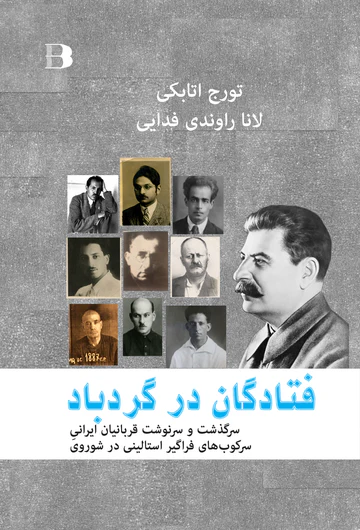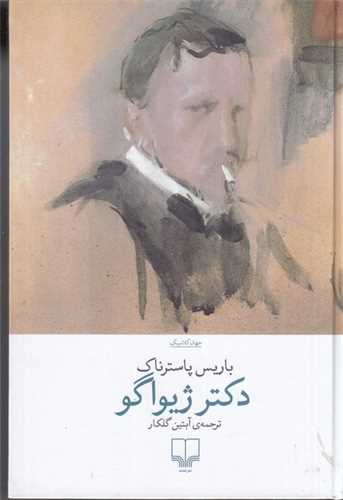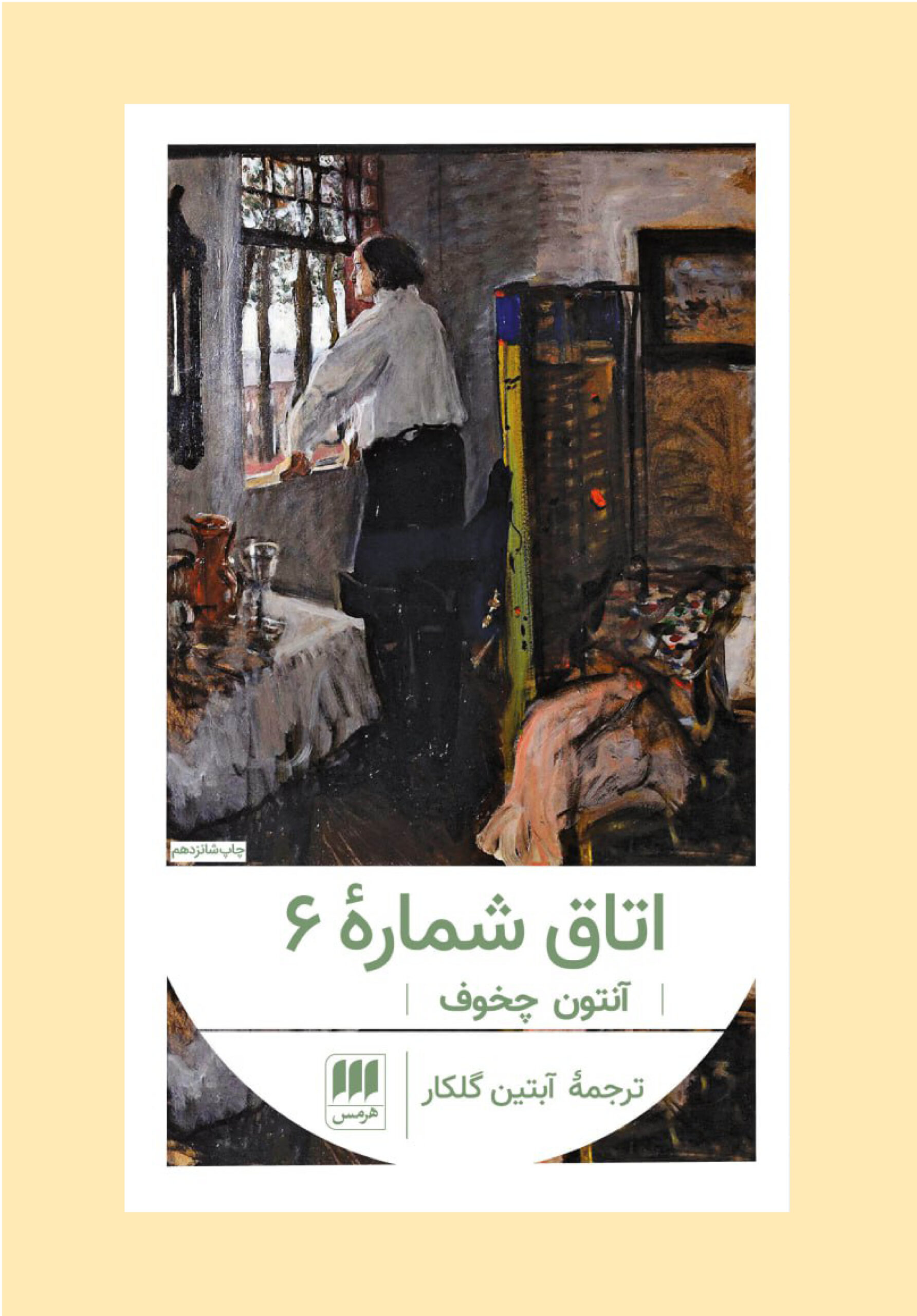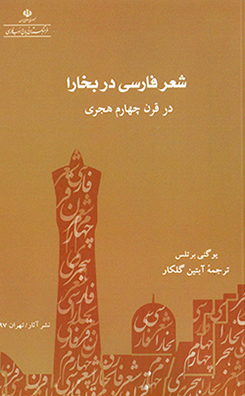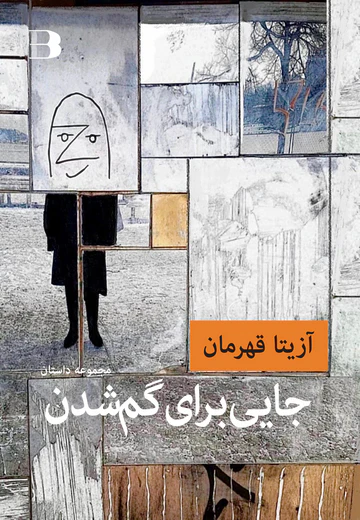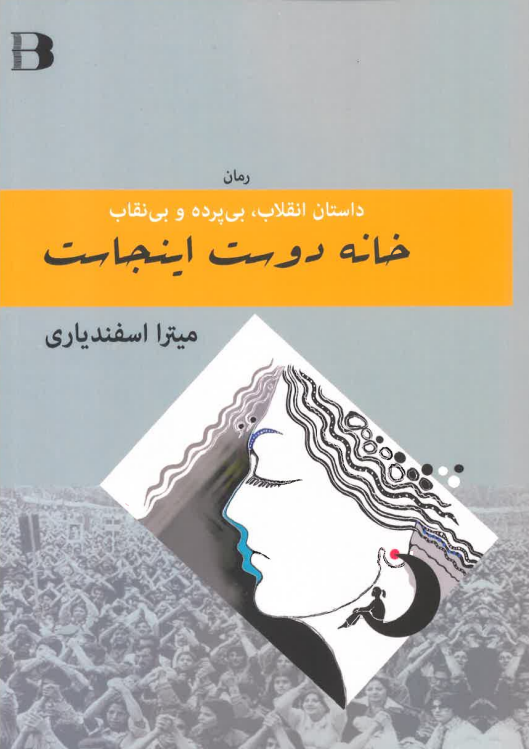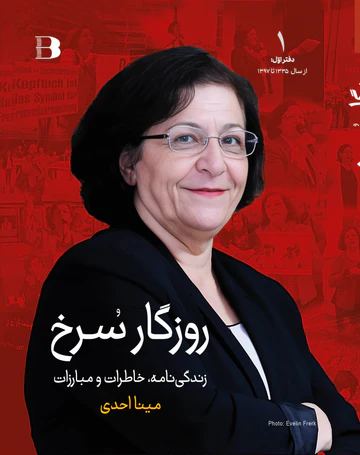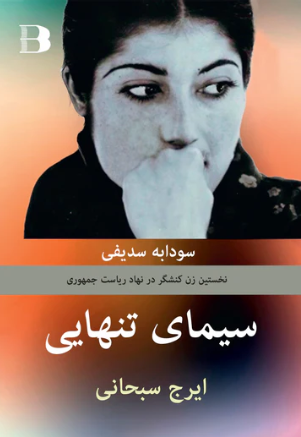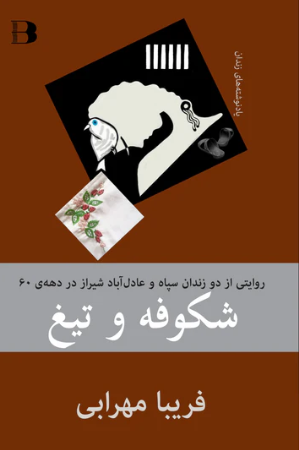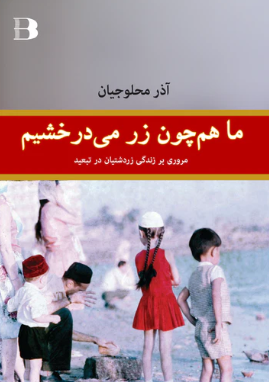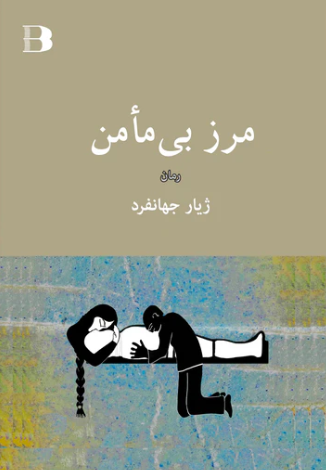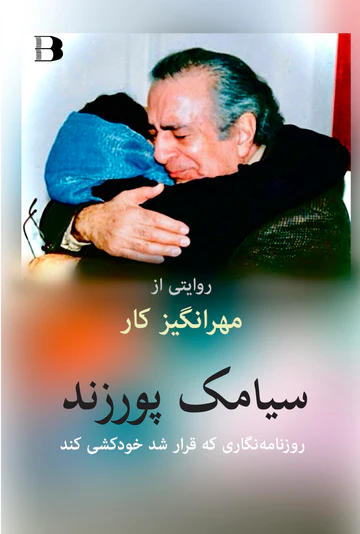فتادگان در گردباد: سرگذشت و سرنوشت قربانیان ایرانی سرکوب های فراگیر استالینی در شوروی فارسی 2024
Fitadigān dar girdbād: sarguzasht va sarnivisht-i qurbāniān-i īranī-i sarkūb,hāy-i farāgir-i Stālīnī dar Shuravī
353 SEK
اشتراکگذاری
Wishlist
شابک:
9789188653598
مترجم:
Ābtīn Gulkār
ناشر:
Baran Publication
گروه سنی:
بزرگسال
صفحات:
540
وزن:
850 g
ابعاد:
18 x 25 x 5 cm
جلد کتاب:
کتابهای مقوایی
The Story. The Fate of Iranian Victims of Stalinist Repression in the Soviet Union
Translating this book was an extremely challenging task for several reasons, and it requires some explanations that readers and researchers should be aware of.
I am deeply grateful to Dr. Touraj Atabaki, who, throughout the translation process, patiently and generously assisted me in resolving translation issues and read the Persian text several times, offering corrections. Translating the text of an author who not only writes in Persian but also has his own specific writing style, vocabulary, and structure, was a difficult task. However, he allowed me considerable freedom in translation with a completely professional attitude, refraining from imposing personal preferences on the Persian text. It should be noted that due to the changes and corrections made during the translation process, the Persian text may have significant differences from the original Russian text. However, all these changes were made with the authors' approval in the Persian text. It is also worth mentioning that some parts of the book had previously been published as independent articles in Persian, and in these cases, no actual translation was done; the Persian text was included in the book, sometimes with minor changes to ensure the consistency of the entire text.
In translating many of the quotes and references from Persian sources, it was necessary to locate the original source so that the material, which had been translated from Persian to Russian, could be accurately cited. This time-consuming and labor-intensive task was carried out as much as possible. On the other hand, many documents, especially letters, reports, and notes sent from the Communist Party of Iran to the Soviet Union, were originally written in Persian and then translated into Russian in the Soviet Union. However, the original Persian texts of many of these documents have not been preserved, necessitating reverse and re-translation. If any readers have access to the original Persian documents that were translated from Russian in this book, I would appreciate it if they could provide the texts so that they can be used in future editions of the book.
In converting dates, efforts were also made to find the correct solar or lunar calendar dates for events based on reliable sources, as mechanical conversion from the Gregorian calendar to the Hijri calendar could have resulted in errors from non-Persian sources being transferred to this text. In cases where date discrepancies were irresolvable, the final decision was left to the authors. I hope there are not too many errors in the dates, which are common in many of our historical books due to differences in calendrical methods.
The referencing system of the book may seem somewhat unconventional to Iranian readers, but given that most of the sources are in Russian and reading the Russian script is impossible for most readers of this book, I preferred to provide the author’s surname and the title of the work in Persian in the references so that readers could at least have a general idea of the source. The complete source information in the original language is also provided in the "List of Sources" at the end of the book, which can be easily retrieved using the author's surname and the title of the work, listed alphabetically.
There were numerous challenges in preparing the lists of Iranian victims (Appendices 3 and 4). Many Persian names were recorded in the documents in ways that make precise retrieval difficult due to the differences in the phonetic systems of the Russian and Persian (and sometimes Azerbaijani) languages. Therefore, the accuracy of the specific names in these two lists is relative. I must express my gratitude to Ms. Fereshteh Parizkar, Ms. Mahdis Cheraghali, Ms. Niloufar Dolou, and Ms. Mahnaz Motazedian, who assisted me in translating these two appendices and took on the main burden of their translation.
Translator
more
سرگذشت . سرنوشت قربانیان ایرانی سرکوبهای فراگیر استالینی در شوروی
ترجمة این کتاب به چند دلیل وظیفهای بود بسیار دشوار و نیاز به توضیحاتی هست که خوانندگان و پژوهشگران باید از آنها آگاه باشند.
بسیار سپاسگزار آقای دکتر تورج اتابکی هستم که در تمام مراحل ترجمه، در نهایت شکیبایی و گشادهرویی، در رفع مشکلات ترجمه یاریام کردند و متن فارسی را چند بار خواندند و اصلاح کردند. ترجمة متن نویسندهای که خود نهتنها به فارسی مینویسد، بلکه شیوة نگارش و واژهها و اسلوب خاص خود را هم دارد، کار مشکلی بود، ولی ایشان با سعة صدر و نگرشی کاملاً حرفهای دست مرا در ترجمه باز گذاشتند و اعمال سلیقهای در متن فارسی صورت ندادند. باید یادآوری کنم که متن فارسی به سبب همین تغییرها و اصلاحاتی که در فرایند ترجمه رخ داد ممکن است تفاوتهای ریز و درشتی با متن روسی داشته باشد، ولی همة این تغییرات با نظر نویسندگان در متن فارسی اعمال شده است. این نکته نیز شایانذکر است که برخی از بخشهای کتاب پیشتر به صورت مقالات مستقلی به زبان فارسی منتشر شده بود و در این موارد، عملاً ترجمهای انجام نشد، بلکه متن فارسی، گاه فقط با تغییراتی مختصر برای یکدست شدن کل متن، عیناً در کتاب گنجانده شد.
در ترجمة بسیاری از نقلقولها و شواهدِ برگرفته از منابع فارسی باید اصل منبع یافت میشد تا مطلبی که خود از فارسی به روسی ترجمه شده بود عیناً نقل شود. این وظیفة وقتگیر و پرزحمت تا حد امکان به انجام رسید. از سوی دیگر، بسیاری از اسناد، بهویژه نامهنگاریها و گزارشها و یادداشتهایی که از حزب کمونیست ایران به شوروی فرستاده میشد، در اصل به فارسی نوشته شده و در شوروی به زبان روسی ترجمه شدهاند، ولی متن فارسی بسیاری از آنها حفظ نشده است و ازاینرو، ترجمة معکوس و مجدد آنها ناگزیر بود. اگر خوانندگانی به اصل فارسی اسنادی که در این کتاب از زبان روسی ترجمه شدهاند دسترسی دارند، سپاسگزارشان خواهم بود که متن را در اختیارم قرار دهند تا در چاپهای بعدی کتاب استفاده شود.
در تبدیل تاریخها نیز باز تلاش شد تا حد امکان تاریخ صحیح شمسی یا قمریِ رخدادها با تکیه بر منابع معتبر یافت شود، چرا که با تبدیل مکانیکی تاریخ از میلادی به هجری ممکن بود اشتباهات موجود در منابع غیرفارسی به این متن نیز منتقل شود. در مواردی که اختلاف و تناقض تاریخها حلنشدنی بود، رأی نهایی را نویسندگان دادند. امیدوارم اشتباه در تاریخها، که در اغلب کتابهای تاریخیِ ما به دلیل اختلاف در شیوة گاهشماری بهوفور دیده میشود، در متن فارسی زیاد نباشد.
نظام ارجاعدهی کتاب شاید برای خوانندگان ایرانی قدری نامتعارف به نظر برسد، ولی با توجه به آنکه اغلب منابع کتاب به زبان روسی هستند و خواندن خط روسی برای بیشتر خوانندگان کتاب ناممکن است، ترجیح دادم برای ارجاعدهی، نام خانوادگی نویسنده و نام اثر را به فارسی بیاورم تا مخاطبان دستکم تصوری کلی از منبع موردنظر داشته باشند؛ مشخصات کامل منبع به زبان اصلی نیز در بخش «فهرست منابع» در انتهای کتاب آمده است که با استفاده از همان نام خانوادگی نویسنده و نام اثر، با ترتیب الفبایی، بهسادگی قابل بازیابی است.
ترجمة این دو پیوست به یاریام آمدند و زحمت اصلی ترجمة آن را کشیدند، سپاسگزاری کنم.
مترجم
more

